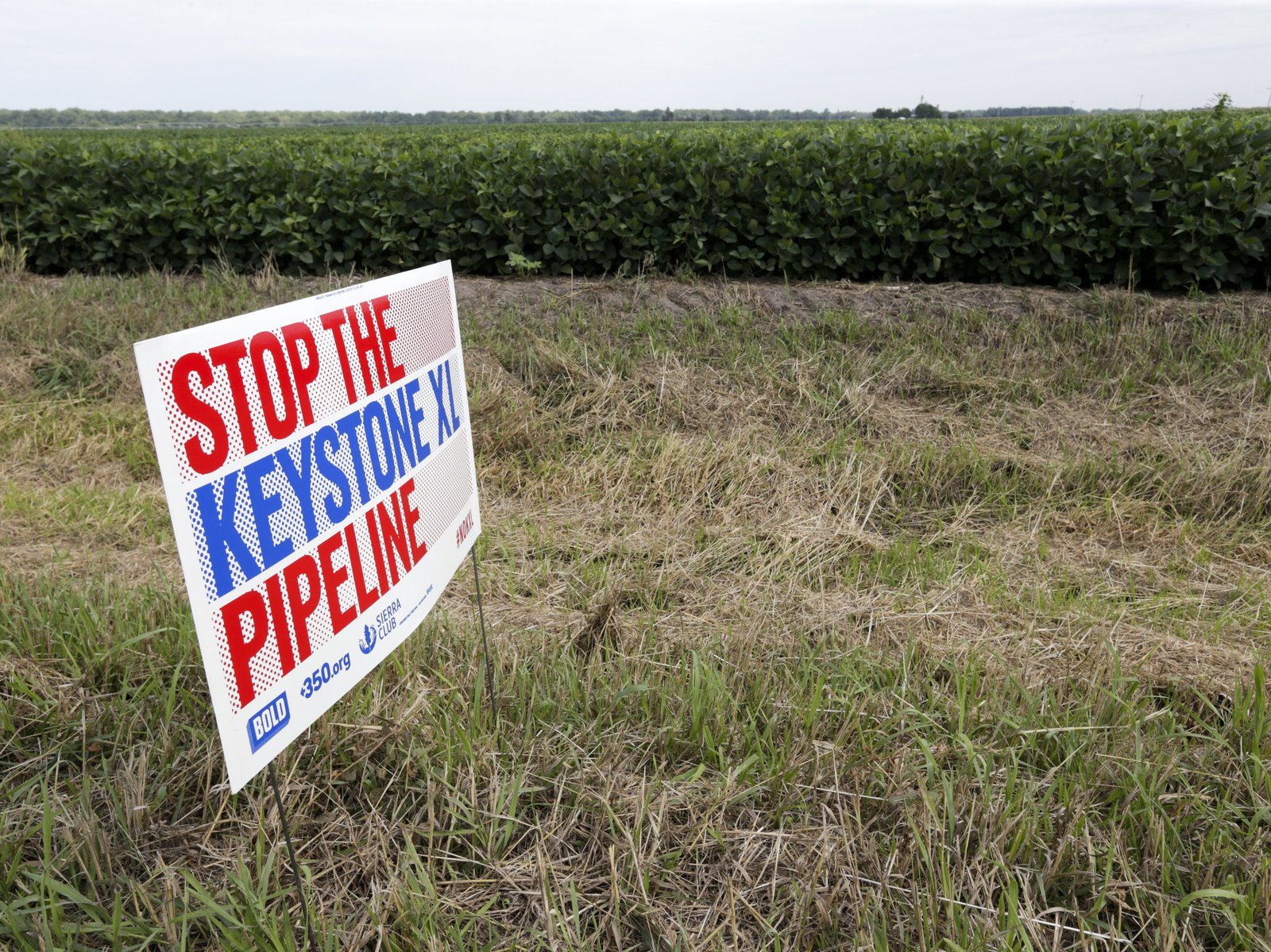On Thursday, TransCanada Corp and state regulators announced that the Keystone pipeline had leaked an estimated 210,000 gallons of oil in northeastern South Dakota (remember the numerous times we’ve been told they don’t leak?). Crews immediately shut the pipeline down on Thursday morning and activated emergency response procedures. The cause of the leak is still being investigated. 1
The company announced that the pipeline would remain shut down as they dealt with the leak but did not offer an estimate on when it would be back online.
RELATED STORY:
“The Keystone pipeline is part of a 2,687-mile system that also is to include the proposed Keystone XL pipeline, which has faced persistent opposition from environmental groups, American Indian tribes, and some landowners.
The Nebraska Public Service Commission will announce its ruling on the proposed Keystone XL oil pipeline route across the state on Monday after spending months evaluating arguments for and against the long-delayed ProjecT.
Brian Walsh, an environmental scientist manager at the South Dakota Department of Environmental and Natural Resources, which has dispatched a staff member to the site, said ‘Ultimately, the cleanup responsibility lies with TransCanada, and they’ll have to clean it up in compliance with our state regulations’.”2
If you ask TransCanada, they will tell you they have safely and successfully transported more than 1.5 billion barrels of oil through the system since they began operations in 2010. However, this isn’t the first leak and we all know it won’t be the last. In fact, there have been multiple leaks at pumping stations. (The pipeline transports crude from Alberta, Canada, to refineries in Illinois and Oklahoma, passing through the eastern Dakotas, Nebraska, Kansas, and Missouri. It can handle nearly 600,000 barrels, or about 23 million gallons, daily.3)
But again, those of us who have been against this pipeline from the beginning aren’t the least bit surprised. And Daniel Sheehan, the chief counsel of the Lakota People’s Law Project said, “We told you so. It was just a matter of time. There have been over 200 significant leaks in these pipelines since the year 2000. This is the exact threat that the Lakota people were trying to protect their sole source of water from at Standing Rock.”
RELATED STORY:












